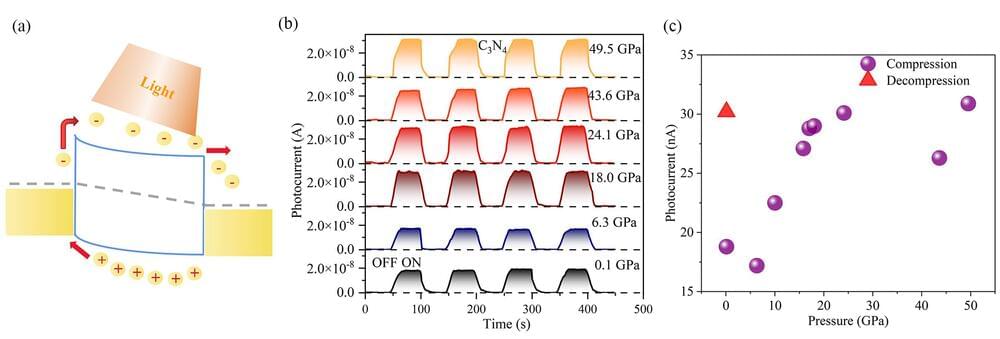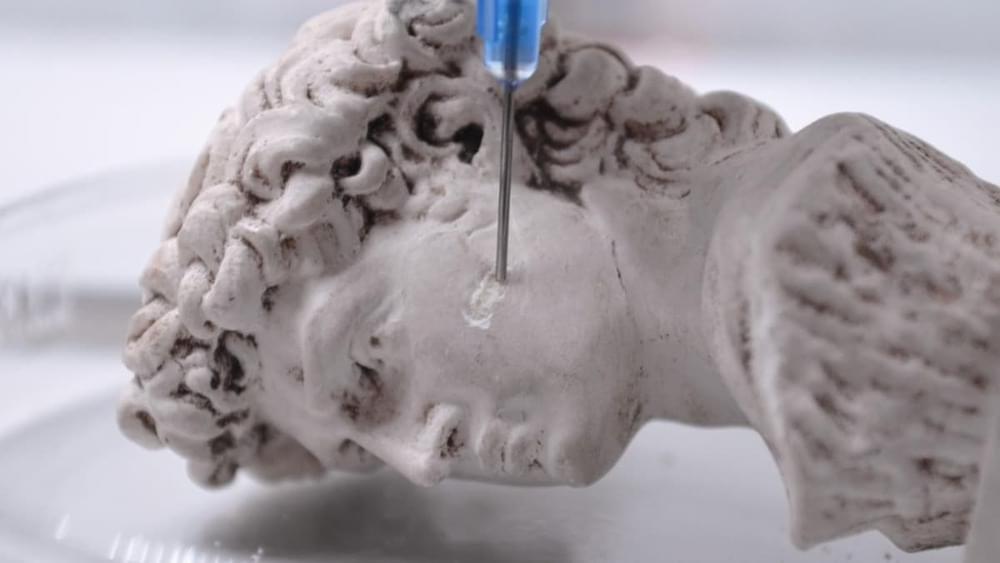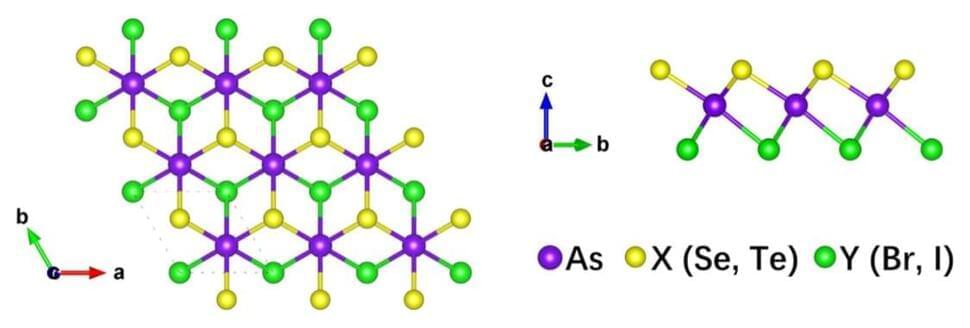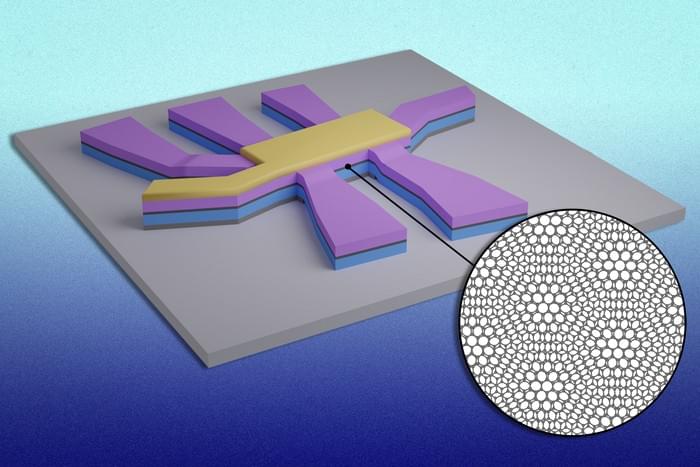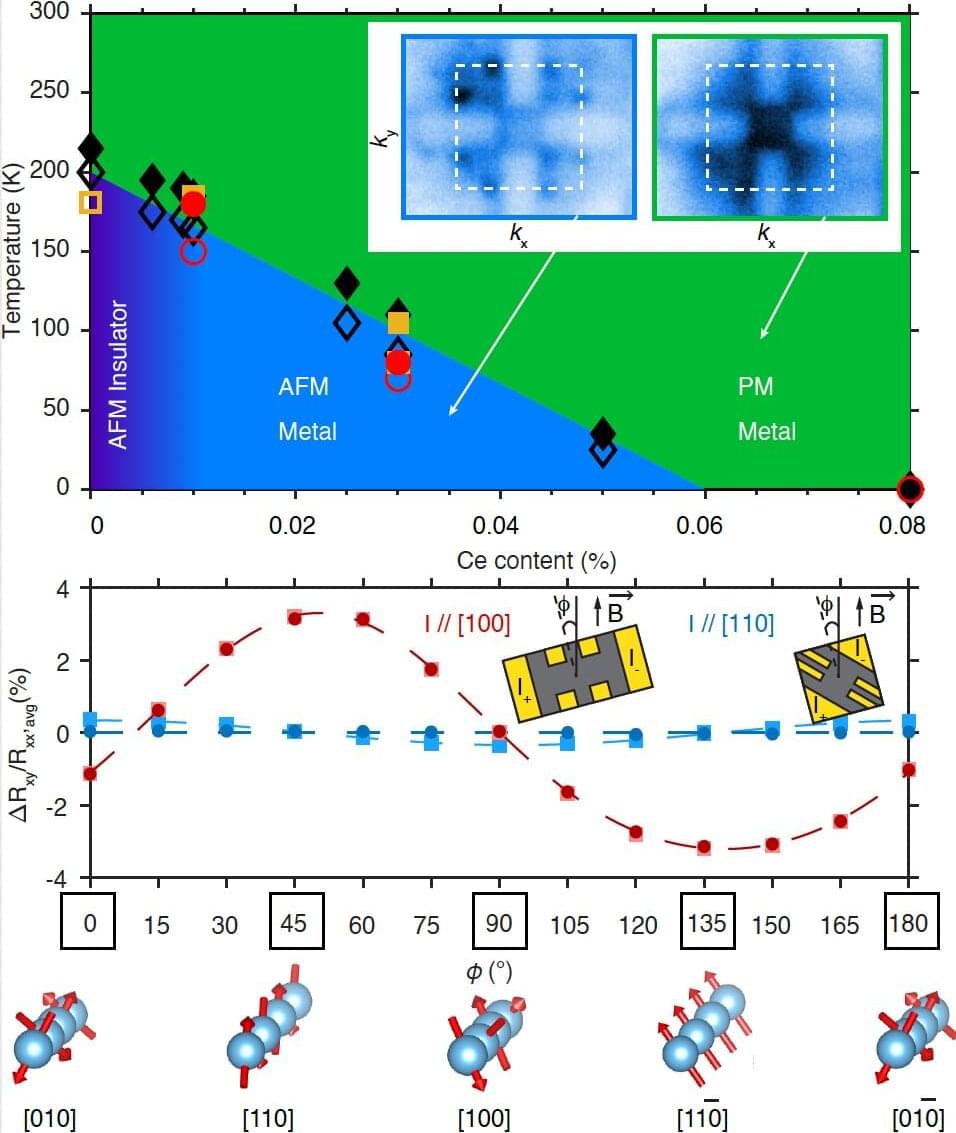Mar 1, 2023
Unlocking the Mystery of Unconventional Superconductivity: A Breakthrough Experiment
Posted by Paul Battista in categories: innovation, materials
A team of scientists, including physicist Eugene Demler from ETH Zurich, for the first time, closely observed how magnetic correlations play a role in mediating hole pairing.
Superconductivity only occurs in pairs. Therefore, in order for conductance without electrical resistance to take place in specific materials, the charge carriers must pair up. In traditional superconductors, the current is made up of electrons and pairing is facilitated by the collective movements of the crystal lattice, referred to as phonons. This mechanism is well understood. However, in recent decades, a growing number of materials have been found that don’t fit within this conventional theoretical framework.
The leading theories for unconventional superconductors suggest that magnetic fluctuations, not phonons, lead to pairing in these systems, — and surprisingly, magnetic interactions arise from the repulsive Coulomb interaction between electrons. However, verifying these models in experiments is extremely difficult.


